Cargando...
Recursos educativos
-
Nivel educativo
-
Competencias
-
Tipología
-
Idioma
-
Tipo de medio
-
Tipo de actividad
-
Destinatarios
-
Tipo de audiencia
-
Creador
-
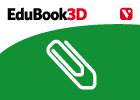
Enlightenment principles
EduBook Organización
- 1 lo usan
- 2190 visitas
Natural or moral equality is based on the constitution of human nature common to all men, who are born, grow, live and die in the same way. The first state that man acquires in nature, and that is…
-
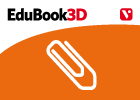
The importance of plants in everyday life
EduBook Organización
- 2217 visitas
Part of our diet is made up of plant products. They are very important. They provide us with carbohydrates, vitamins, mineral salts and fibre, which are all essential for a healthy diet. When we eat…
-
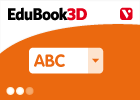
True/false. Insects
EduBook Organización
- 2191 visitas
Are the following sentences about insects true or false? The mouthparts of insects have adapted so that they can live underwater. Most insects have wings. Insect mouthparts are adapted to the different…
-
True/false. Pollination and fertilisation
EduBook Organización
- 2161 visitas
Decide if the following statements are true or false: Pollination is the transfer of pollen from the pistil to the stamens. ➝ The pollen tube allows the spermatozoid to reach the seed-bud in the…
-
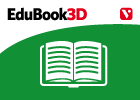
Natural Science
EduBook Organización
- 1 lo usan
- 1957 visitas
Unit 6: Living things bacteria (n): a tiny unicellular organism. cell (n): the smallest living component that makes up a living thing. feed (v): to obtain food and nourishment. grow (n): to increase in…
-
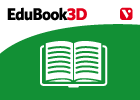
-
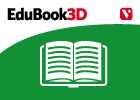
-
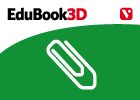
Most energy comes from the Sun
EduBook Organización
- 2075 visitas
Most of the energy on Earth originally came as light and heat from the Sun. Plants need water and solar energy in order to grow and survive. People and animals get food from plants, either directly or…
-
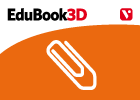
Temperature and insect growth
EduBook Organización
- 2041 visitas
The body temperature of an insect varies according to the temperature of its surroundings. This is why insects grow more quickly in summer and more slowly in autumn and winter. Each species has its own…
-
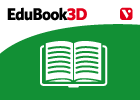
The fruit. The dispersal and germination of seeds.
EduBook Organización
- 1928 visitas
The fruit As a seed develops, the pistil changes and grows, the petals fall off, and it becomes a fruit. Fruits have many different forms: Some are fleshy like peaches, pears and oranges. Other fruits…
Te estamos redirigiendo a la ficha del libro...













